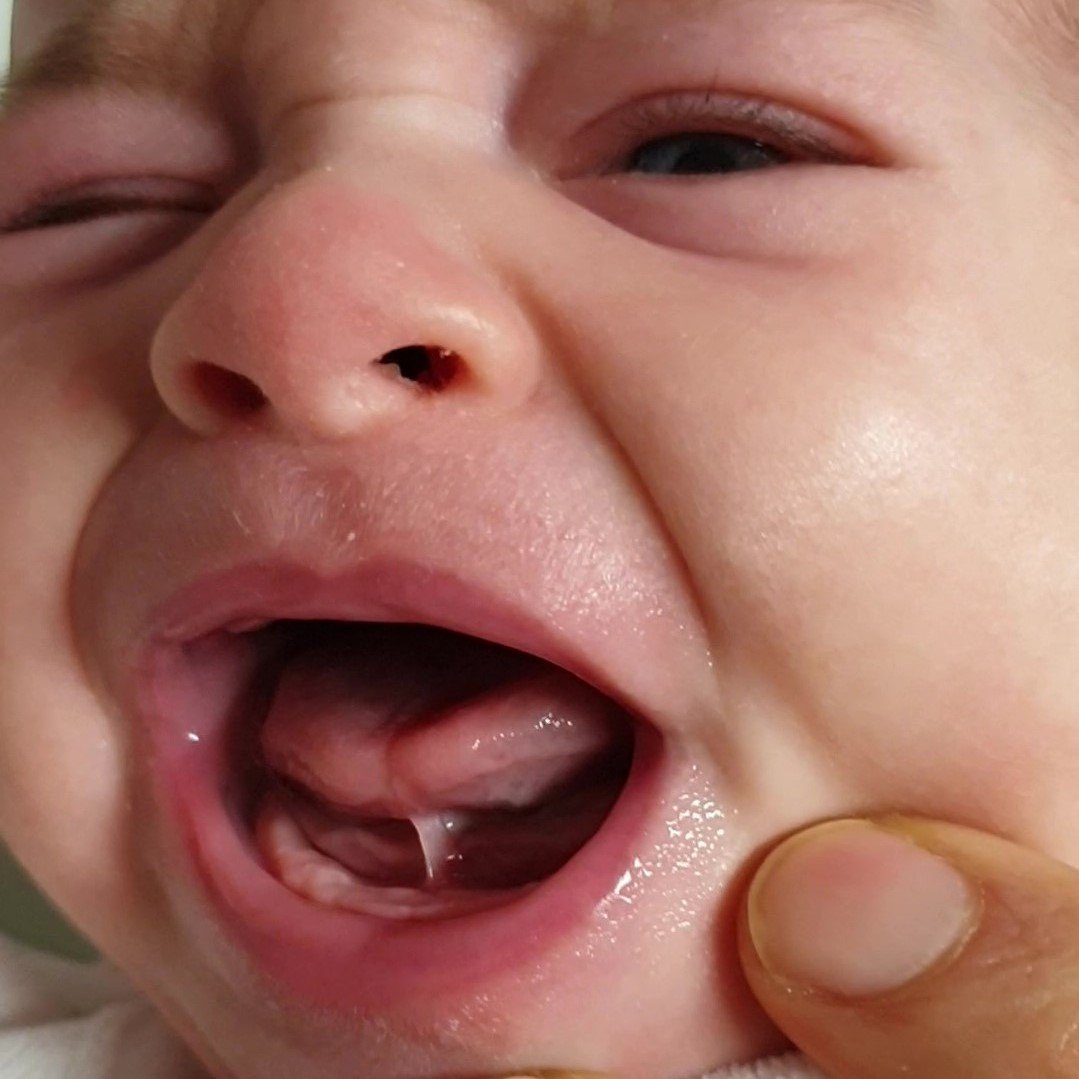Short lingual frenulum in newborns: what it is, risks and remedies
A short lingual frenulum in a newborn can cause serious consequences for the child, such as problems with sucking and pain during breastfeeding, difficulty swallowing , difficulty in language development and much more.
This is why it is essential to identify this problem promptly .
In this article you will find out what it is, how to recognize it, the risks it entails and what are the remedies to solve it.
Before starting, I'll leave you some useful information:
- If you would like to schedule a studio visit with me, you can find me here.
- You can also find me on Instagram with the profile @drsilva.com_official
- In the video courses section you will find how to promote the psychomotor development of the newborn.
What is a short lingual frenulum in newborns?
Short lingual frenulum in newborns is a congenital anatomical alteration consisting of the presence of a short filament that joins the lower part of the tongue to the floor of the mouth.
This lamina is fibro-mucous in nature and causes a reduction in the motility of the tongue .
Unfortunately, this problem is under-recognized and under-diagnosed .
In fact, we tend to wait too long before operating to see if the short lingual frenulum reduces on its own over the years.
However, the important consequences that this situation determines are not considered (we will see them in the next chapter).
Furthermore, the problem is often noticed after a long time, that is, when the frenulum has started to cause problems with sucking and breastfeeding in the newborn. This is because, often, at birth it is almost never checked or often underestimated.
Statistics: The incidence rate
Statistics show that short lingual frenulum affects 3-5% of newborns and has a higher incidence in males by a ratio of 2:1 compared to females.

